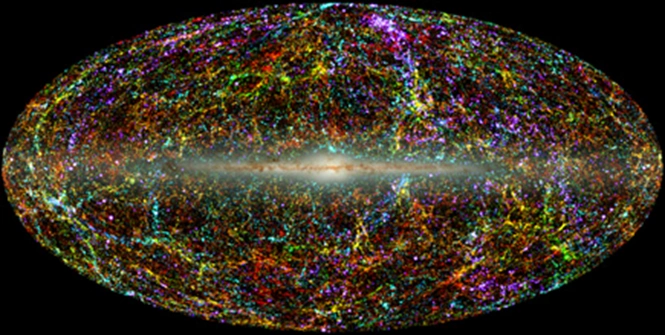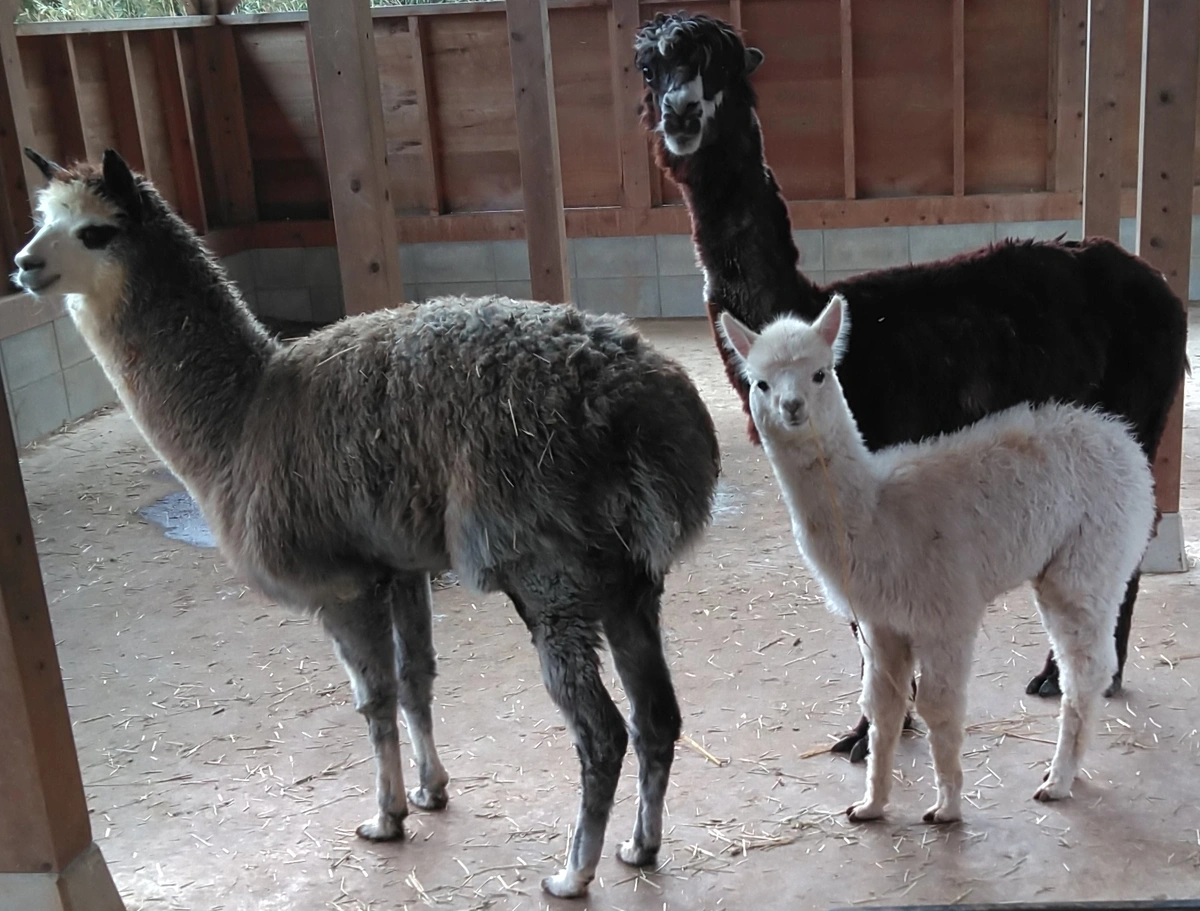This is Imura from COGNANO. I will continue the story of cancer. This is a story about solving the "curse of causality"...
Biotechnology is a "find the substance" principle, and genetic engineering is suited to find it quickly, but surprisingly, we can't narrow down the "cancer-causing genes" was the first part of the story.
Dark Matter
It's like the "search for dark matter that is supposed to fill the universe." If you ask a physicist, he/she will probably say, "You can't explain the universe without dark matter, I've never seen it". It is similar to that. There must be a key to cancer cells, but it is hard to find a clear cause, even after examining the genes. Research has progressed, and many "cancer gas pedals" and "cancer brakes" have been found. But if you think about it, no one has ever seen cancer develop through natural processes.

I think we need to cool off and get away from the ambiguous series of time/space, the maze of causality, and hypothesis-driven data acquisition.
To see a different view
The way we have arrived at this is to stop thinking in terms of looking for causes. Let's also drop the characterization of bad cells and good cells. Let's put our backpacks on the side of the road and look at a different view.
There is a material called cancer cell lines. Starting with the HeLa cells established from uterine cancer tissue about 70 years ago, there are now thousands of different strains being cultured around the world. Because the cells are spun off from cancer tissue, they must be able to draw on the properties of cancer. It has always been the star material because it can be easily handled in the biotech lab. However, there is no guarantee that it can be used to identify cancer. There is a possibility that the original cancer cells may have turned out to be something very different.
"Could it be outdated? Operation "Cell Strain
The strategy is this. Without expecting too much, create a huge library (big library) that lists not only cancer cell lines but also normal cell lines and all the constituent factors with the tag "antibody" in an unobtrusive manner, and if a good librarian can create an index, he/she will find many tags that are strongly related to cancer. There is a lot of noise and fakes mixed in, but if there are competent librarians who can dig out information that seems solid then the bigger the antibody library, the better, and the more critical the librarian's surveying skills, the better. Also, the index should not be limited to genes. There should be information on proteins, glycans, lipids, and all genres. Huge library architecture with antibodies is the house specialty; COGNANO can arrange 100 million books (i.e., clones) with extensive descriptions of cellular characteristics. On the other hand, while super librarians should keep a strict eye out for junk and pornography, trivial items and unknown tags should not be thrown out so easily because "I don't know now". If you could create directories in order of cancer and links, regardless of reason, wouldn't this sense be similar to search engines?
This is how we proceeded to create the new listings. We have not taken into account the perspective of what causes cancer, and while high link strength is valuable, low is welcome, and irrelevant tags are equally important. We have not published the results yet, but personally, the image of "cancer" that I learned in my medical education long ago has changed a lot. I think this is where we started to be attracted to deep learning, which is not bound by causal relationships as we humans think.
Sad memories
A hundred years ago doctors were fighting infectious diseases like syphilis, malaria, and tuberculosis. But by the time I was a student, the main focus had become cancer and adult diseases. You study tissue specimens under a microscope, learn the names of diseases, and take exams. This was the era when, once you received your medical license, you were trained to be the primary physician for people with terminal cancer and to be a 、、、、 and anti-cancer fighter. This is an unforgettable memory, as if a first-year soldier was suddenly thrown into the front line with shells flying all over the place.
The last 30 to 40 years were a time when people believed that biotechnology (molecular and cellular biology) could solve the difficult problem of disease. In the U.S., there is still a tremendous enthusiasm for investment in biotechnology, and it is true that great results have been achieved. But many challenges remain unsolved. Every approach runs into perceived limitations. Again, there are two structures of limitations: 1.
(1) The scale of information that organisms possess is too large for humans to recognize in its entirety, and it is not informative in the first place.
(2) There is a possibility of not converging to a "cause-and-effect" relationship that humans can assume.
This is the reason why COGNANO is now being developed. This is the theme that COGNANO should break through. So, in conclusion, I will be a worker for alpacas and algorithms. After years of research, I finally found my job. I just need to hurry up a bit...
Back to the pandemic. The Omicron strain has once again mutated rapidly, and almost all antibodies in the world have lost their activity. It was a surrender to the virus' ability to evade the virus. However, COGNANO's antibodies have not lost their potency. Mr. Maeda, who is in charge of biotechnology, has been working hard on this case and has not been able to let go of his hands for a while. Thanks to his hard work, we expect to receive the paper on "resistance to omicron mutation" soon, so we will keep you posted via Twitter.
So, I hope I can relay my next blog to Matsumotori. I'll ask him about his schedule, then!
